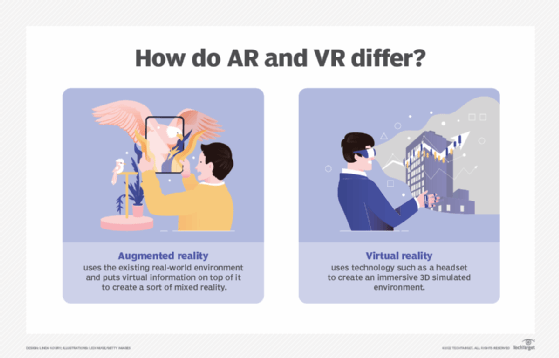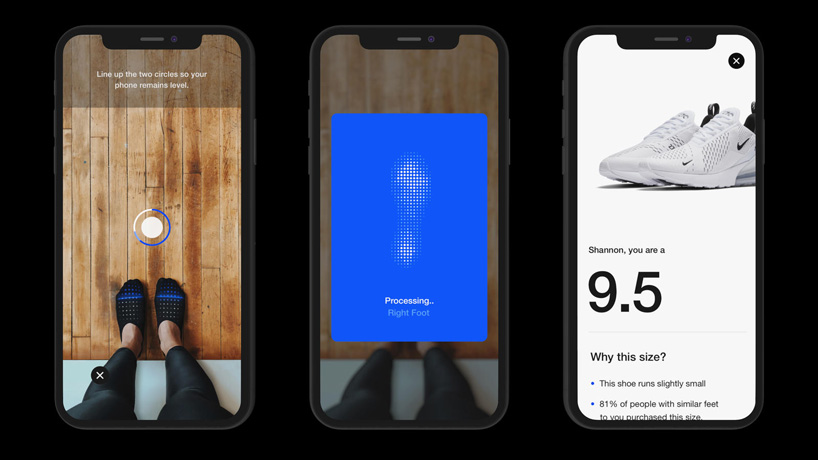Leveraging Augmented Reality for Engaging Digital Marketing Campaigns
Meta Description: Explore how augmented reality (AR) is transforming digital marketing. Discover strategies, successful campaigns, and practical tips to engage audiences like never before.
In an age where digital marketing is constantly evolving, attention-grabbing strategies are paramount for businesses striving to connect with their audiences in meaningful ways. Augmented reality (AR) has emerged as one of the most exciting innovations in the marketing toolkit, enabling brands to create immersive experiences that enhance user engagement and drive conversions. In this blog post, we will delve into the transformative power of AR in digital marketing campaigns, equipping you with insights, real-world examples, and actionable strategies to harness this technology effectively.
About the Author
Kirill Wolosovich, Digital Marketing Specialist, has over 6 years of experience in enhancing digital strategies for brands through innovative technologies, helping clients improve engagement and conversion rates with cutting-edge marketing tools.
Understanding Augmented Reality in Marketing
Augmented reality refers to the integration of digital information—images, sounds, and other sensory augmentations—into the real-world environment, often through the lens of a device like a smartphone or tablet. Unlike virtual reality, which creates a fully immersive environment that replaces the real world, AR overlays virtual elements onto the real world, enhancing the user experience.

As of 2023, the AR market is projected to grow significantly, with research by Statista indicating an expected value of $198 billion by 2025. This reinforces the idea that businesses need to consider AR not just as a gimmick but as a powerful marketing strategy that can dramatically improve user engagement, brand perception, and sales.
Why Leverage Augmented Reality?
Enhanced User Engagement: AR creates unique and interactive experiences that capture consumer attention. According to eMarketer, 71% of consumers expressed they would shop more frequently if they could experience products through AR.
Increased Conversion Rates: By offering immersive experiences, AR has shown substantial impacts on sales. For instance, companies like Sephora report a 94% increase in conversion rates among users utilizing their AR features for virtual makeovers.

Opportunity for Creative Storytelling: AR allows brands to tell their stories in compelling ways, creating emotional connections and memorable interactions with consumers.
Accessible to Tech-Savvy Consumers: With the rise of smartphones and AR-capable applications, reaching a broader audience has never been easier. Brands that integrate AR can appeal to both young tech enthusiasts and more mature consumers looking for enhanced interactivity.
Successful Examples of Augmented Reality in Action
Pepsi’s Unbelievable Campaign
Pepsi took a bold approach to engage consumers at a bus shelter, turning it into an interactive AR experience. By projecting fun and unexpected visuals onto the bus shelter's display, they startled passersby and created a viral sensation, generating substantial buzz on social media.
L'Oreal's Virtual Makeup Try-On
L'Oreal's mobile app exemplifies how AR can effectively drive sales. Their app allows users to try on various cosmetics virtually. This intuitive interface not only enhances the customer shopping experience but also encourages users to share their findings on social media, amplifying brand visibility.
Nike’s AR Fit App
Nike's AR feature in its "Nike Fit" app helps customers find their ideal shoe size by measuring their feet accurately through the smartphone camera. This innovative feature streamlines the shopping process and leads to increased customer satisfaction and lower return rates, proving the efficacy of AR in real-world applications.

Practical Steps for Implementing AR in Your Campaigns
Choose the Right AR Technology:
- Investigate platforms like ARKit (iOS) and ARCore (Android) to find the tools that best suit your needs.
Collaborate with AR Developers:
- Partnering with skilled AR developers can help translate your vision into a functional experience.
Integrate with Existing Marketing Channels:
- Consider how to incorporate AR into your current digital marketing strategies—arranging interactive social media posts, utilizing AR in emails, or enhancing website experiences.
Test and Optimize:
- Use A/B testing to evaluate different AR campaign elements to achieve the best results. This method allows for data-driven decisions in refining AR strategies.
Current Trends in Augmented Reality
As AR continues to gain traction, several trends are shaping how brands approach this technology:
Emerging Platforms: Applications like Instagram and TikTok are embedding AR features that businesses can leverage for creative marketing campaigns, further amplifying their reach and audience engagement.
Advancements in Analytics: With improved AR analytics, brands can track customer engagement and demographic data, allowing for enhanced personalization and continual optimization of AR strategies.
Inclusivity in AR Experiences: Designing AR experiences that cater to diverse audiences is vital. Ensuring accessibility helps to engage a broader spectrum of potential customers.
The Future of AR in Digital Marketing
The potential for augmented reality in marketing is immense. As technology improves, AR will likely become a standard feature in many brands' marketing playbooks. For businesses considering this leap into innovative territory, it's essential to remain agile, adaptive, and forward-thinking.
Conclusion
Leveraging augmented reality can significantly elevate your digital marketing campaigns and create more engaging, memorable experiences for consumers. To gain an edge in an increasingly competitive landscape, understanding and implementing AR strategies is no longer optional but necessary.
Engage with audiences like never before by exploring the possibilities AR has to offer your brand. Dive into related content on AR implementations or stay on the cutting edge of digital marketing by signing up for our newsletter for more insights and tips to optimize your marketing strategies for the future.
